Beyond LLMs:
The bigger AI picture
What’s one thing that most people, especially founders and CEOs get confused about when it comes to AI?
People often think that AI is just ChatGPT or large language models, but that’s a misconception. AI is an umbrella term—it includes many technologies beyond LLMs, like machine learning and other data analysis tools. LLMs are just one part of the whole AI universe.
The real breakthrough with LLMs was how they made AI accessible. For the first time, people could interact with AI using their own words, in natural language. That changed everything—it opened up AI to a much broader audience.
A tech company
born from passion
Precognox has been around since 2008.
What inspired its founding and how has the company evolved over the years?
The inspiration really came from our customers. We actually started working together around 2001, when my co-founder Károly Kása and I collaborated on a search engine project for the NIH—the National Institutes of Health—focused on toxicology and environmental health. That’s how we got into search and text analytics.
Eventually, I started a blog about search-related topics, and without doing any marketing, potential clients began reaching out. They’d say, “Endre, we see you’re writing about search—can you help us with our own search problems?” One of our first major clients was Startlap, which at the time was the third biggest homepage in Hungary. They needed a new generation search solution, and they just found us organically.
So, it all grew very naturally. We started hiring more people and building a team. Honestly, neither of us were the classic entrepreneurial types selling Coca-Cola in elementary school—we both came from a tech background. I studied computer science, just like Károly, and that’s the perspective we brought.
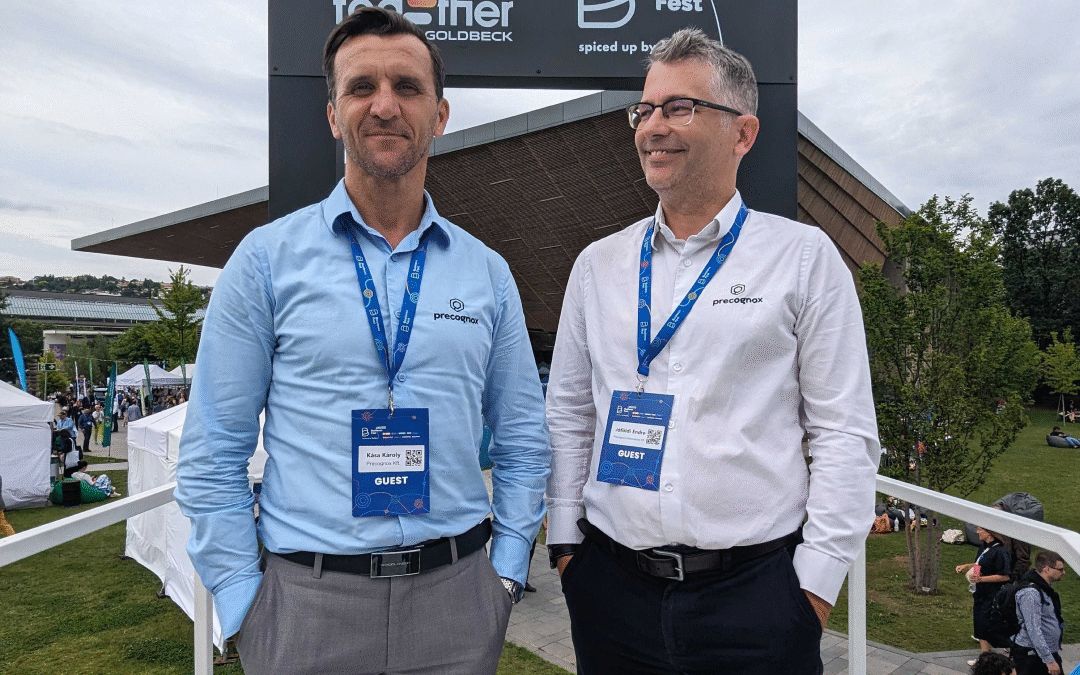
Well, you may not have started selling out Coca-Cola to begin with, but you found a need in the market and you presented it and it looks like it's worked out ever since.
Absolutely. It was slow growth in the beginning, but over the last five to eight years, it really picked up. Today, we have about 50 people on the team.
How local talent builds
global success
So what would you say has been your
proudest moment as CEO of Pecognox?
Proudest moment—let me think, that’s a good question. I’d say it’s this: we’re based in Hungary, in a part of the EU called Southern Transdanubia, which is actually one of the most underdeveloped regions in the entire European Union.
And yet, we’ve been able to build a company here that works on international projects. One of my proudest moments is being able to say that we have daily stand-up meetings where people join from Boston, Tel Aviv, and Kaposvár. That’s not something you see every day. It almost sounds like the start of a joke: “A guy from Boston, Tel Aviv, and Kaposvár join a call…”—but it’s real.
To have a 50-person consultancy in this region, working on high-level projects with global clients, that’s something I’m genuinely proud of.
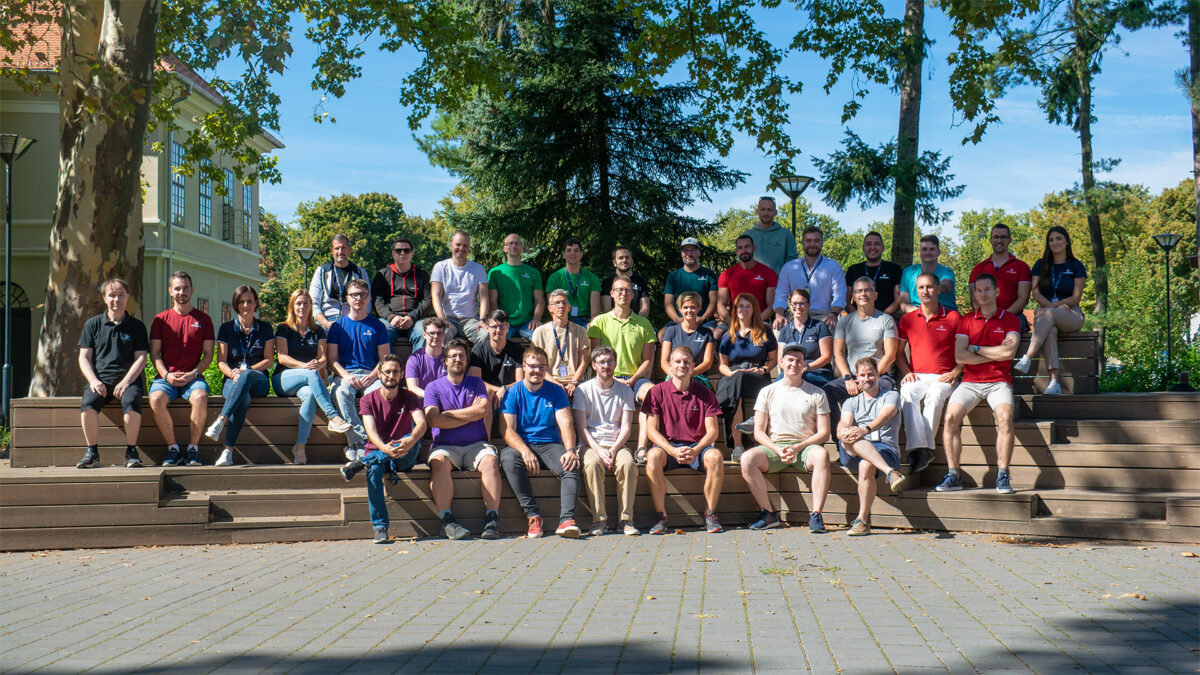
Just as an example—this actually happened yesterday—John Weaver, the Chief Strategy Officer of Babel Street, came to visit us. He was in London and asked if he could stop by because we’ve been working together for about eight years. They’re not only a major client but also a partner whose solutions we help implement for their customers.
Having someone from Washington D.C. visit our office here in Kaposvár—it’s the kind of thing you wouldn’t expect. It made me proud, not just for myself, but for my colleagues, who are truly world-class professionals. That’s what I’d call a proud moment.
I think it’s always amazing when something starts off differently than expected, and then over time you step back and realize—wow, this has grown into something far beyond what I imagined.
Actually, this ties into one of our company’s stated goals: we aspire to be the best technology firm in Transdanubia, creating world-class jobs in one of the EU’s most underdeveloped regions. You can find jobs like this in Budapest, Vienna, or Prague—but not here. So we feel like we’re fulfilling a deeper mission, at least from my perspective.
So I’m curious—on the flip side, what’s a lesser-known aspect of Precognox’s work that you wish more people knew about?
That’s a tough one. Honestly, I’m so deeply involved in what we do that it’s hard to view it from the outside. But maybe it connects back to what we talked about earlier—how nowadays, it seems like every IT company calls itself an “AI expert.”
I’m not entirely convinced by that. Sure, a good programmer can call an API and get started within a day. That’s not the hard part. But when it comes to implementing enterprise-scale AI solutions—especially natural language processing with LLMs—you start facing real challenges like hallucination, security, and many other complexities that aren’t obvious at first.
There’s often this initial optimism—people think the system will magically answer everything accurately. But no, even if you’re using a RAG (Retrieval-Augmented Generation) system, which many believe solves hallucination—it doesn’t. It significantly reduces it, but it doesn’t eliminate the problem entirely.
That’s where additional models come in—custom models trained to mitigate hallucination, improve accuracy, and ensure relevance. And this is where our experience really counts. We know how to evaluate NLP systems, to determine whether they’re good enough for production use.
We’ve been through the challenges. And having already faced those hardships gives us an edge. It’s not always obvious at the start—when everything feels new and exciting. That honeymoon phase fades and the real work begins later.
AI and digital trust
So AI consulting is growing very rapidly.
What trends are you seeing that either excite
you or concern you the most?
I can only speak from my own perspective as the CEO of a small business—I don’t have a broad overview of the entire market. Most of our clients aren’t huge corporations, so that’s the context I’m coming from.
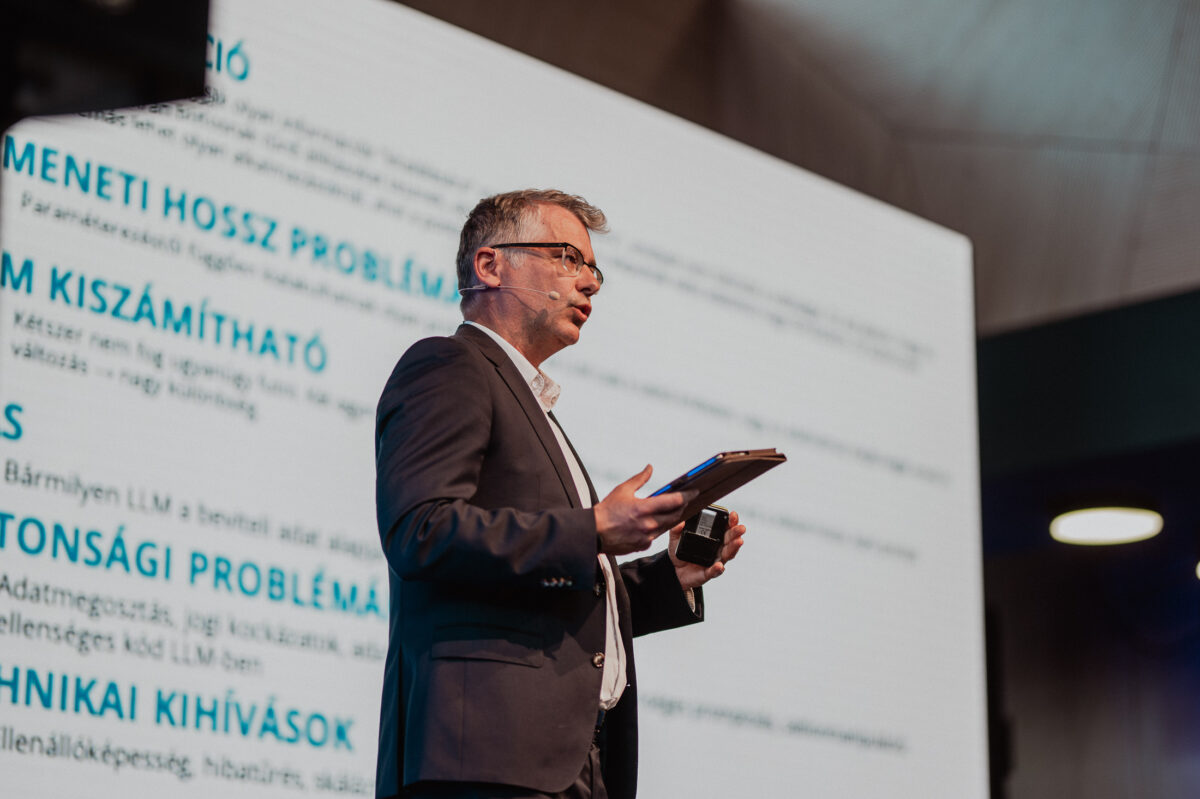
What concerns me is the gap between small-scale and enterprise-scale AI adoption. On one hand, AI has become incredibly accessible—anyone can use it as a personal assistant. CEOs, marketing or sales professionals, even at small companies, can benefit from AI tools for their daily tasks.
But when you try to implement AI solutions on a company-wide scale, that’s where things get complicated. One real concern is cost. These implementations can become too expensive—there’s a certain scale where the return on investment becomes justifiable.
For example, if you have 10 customer service agents, using AI might not generate a meaningful ROI. But if you have 100 or 1,000 agents, it becomes a very different equation. For smaller businesses, it’s not always clear how to build a solution that will actually pay off in the long run.
I’m curious—marketing high-tech solutions can be a very tricky endeavor. What’s been most effective for you in communicating Precognox’s value proposition?
Honestly, since we mainly offer B2B services, personal networking and word-of-mouth have been the most effective for us. The vast majority of our clients come through these channels—relationships and referrals.
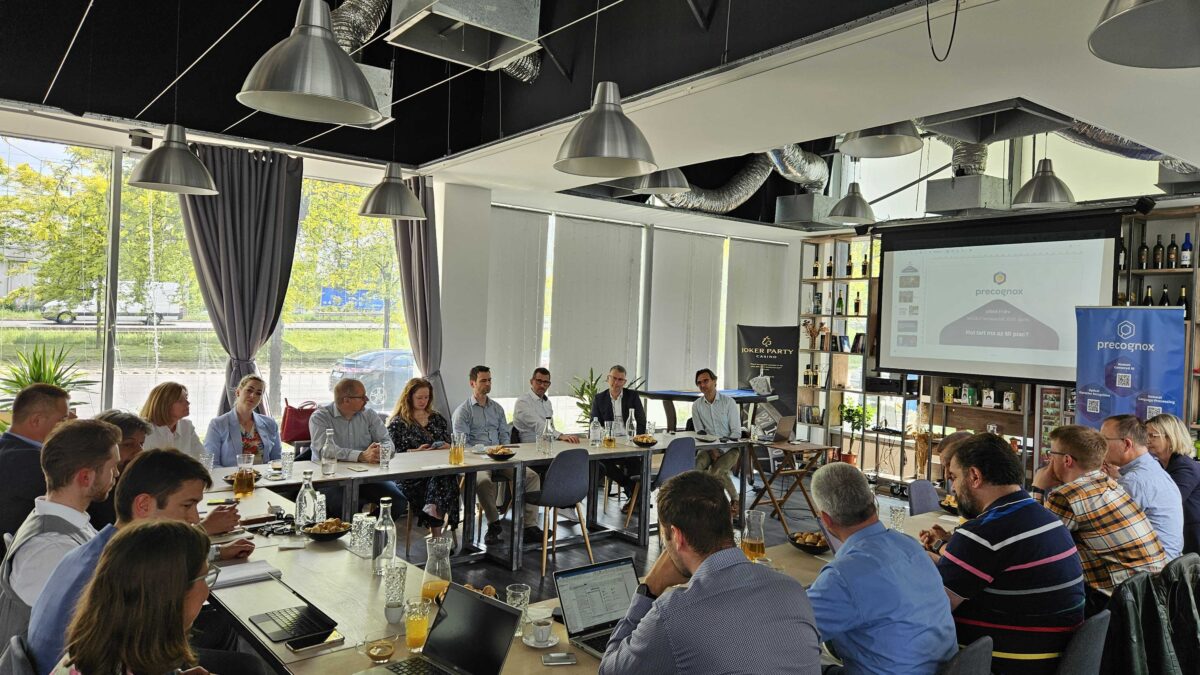
At the core, it’s really about trust. Clients need to believe that if they invest in us—if they put their money into a project—we’ll deliver a valuable, long-term solution. They need to trust that the solution will work and that we’ll be there to support them over time. That trust is the foundation of everything.
Of course, I wish we had inbound marketing working so well that companies would just show up at our door saying, “Endre, we need your help.” It has happened occasionally, but it’s definitely not the norm.
As someone who's leading an innovative company, what keeps you up at night when you think
about your future growth?
Maybe this will sound a bit controversial at first, but there’s a lot of discussion these days about programmers becoming obsolete because of AI—how everything could be done by LLMs or other AI-based development tools.
Honestly, I wish those tools worked that well—because then we’d already be three or four times more efficient. What I’m really looking for are solutions that can make our developers significantly more productive.
As a small consultancy doing custom software—often built on public engines but tailored to specific client needs—our biggest challenge is efficiency. The cost of software engineering has increased so much that we can only stay competitive if we become dramatically more efficient.
So if AI-based tools could help us double or triple our output, we could serve our clients even better. I’m not afraid of AI replacing developers—I’m actively hoping for AI to enhance our teams. We’ve started using tools like code copilots and other assistants, but they don’t solve everything yet.
I’m still looking for the kind of leap in productivity that would truly transform our software development process.
So what industries, in your experience, do you feel are currently underutilizing AI technologies?
Again, I don’t have a complete overview of all industries, but based on our experience—since we deal primarily with text and unstructured data—I’d say that any industry heavily reliant on unstructured information is a prime candidate for AI adoption.
One clear example is the legal field—law firms in particular. Their work revolves around reading and writing documents. That makes them a perfect fit for AI solutions. In fact, we’re currently working with a German client who operates a tech-focused law firm. They want to help their clients handle legal documents more efficiently—especially those related to complex regulatory frameworks like TOM, DPA, or GDPR.
Right now, these tasks require expensive legal experts. The goal isn’t to replace those experts but to make them significantly more efficient. So, from our point of view, any industry dealing with large volumes of unstructured data is a strong candidate for AI integration.
What’s next for Precognox?
What do you see the future holding for Precognox? Where do you see the company going in the next three to five years? What's the vision?
We definitely want to continue increasing our number of international clients. Right now, more than 50% of our revenue comes from outside Hungary—mostly from the United States.
Currently, we’re also expanding into the DACH region (Germany, Austria, Switzerland) and the Netherlands. Building a stronger European presence is very important to us.
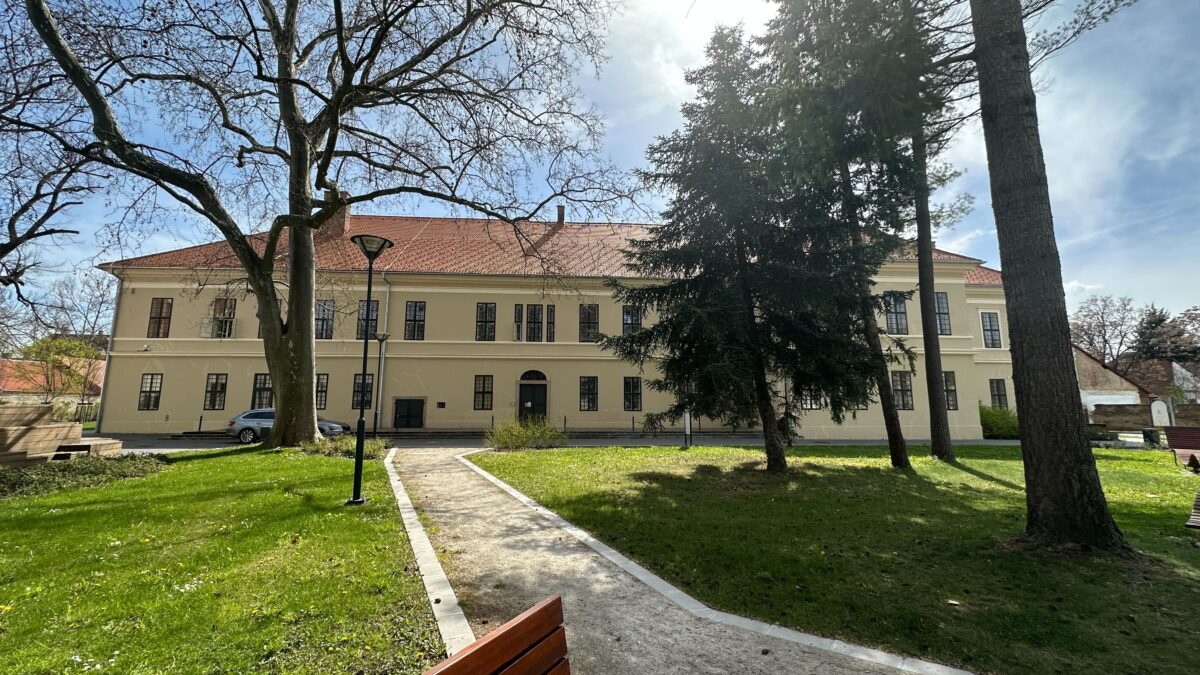
We’re still a small company, and while we plan to grow, our goal is to remain highly specialized. To do that, we need to reach clients across these markets. The Hungarian market alone simply isn’t large enough for us—that’s why we started going international a long time ago, and we’re continuing on that path.
